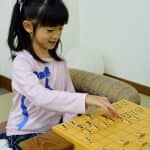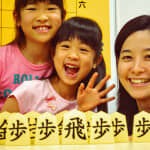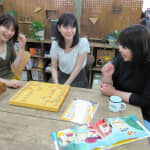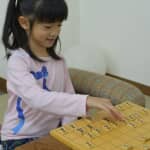Shogi 23 January 2017
Easy Shogi Game–Yama-Kuzushi–
We have introduced games with our concept, “Learning the rules of piece-movements, let’s enjoy playing Shogi!”
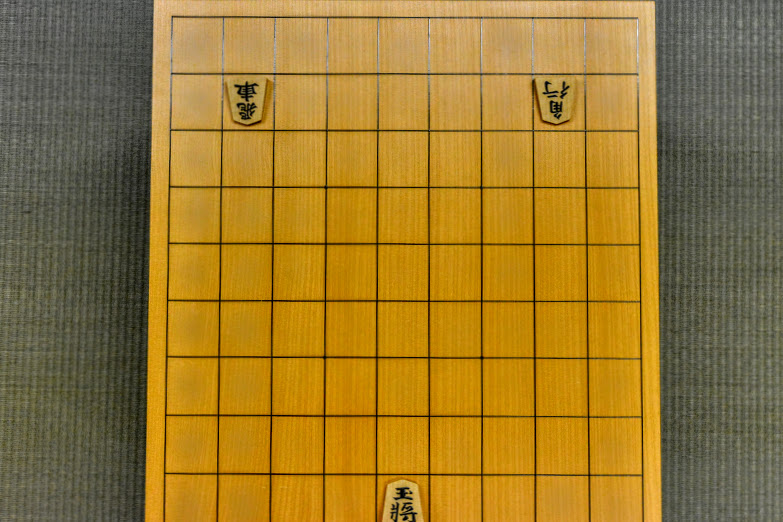
The other day, highlighted our actions including “Shogi Puzzle” and “Tag chasing a King”, we were introduced in a TV program titled “Shogi Focus.” We, I-tsu-tsu, have been working very hard on providing easier and more enjoyable way to enjoy Hon-Shogi.
Hence, today I am going to introduce another fun game using Shogi pieces. It’s known as “Yama-Kuzushi” (Yama refers to as “mountain”, and Kuzushi means “to collapse” in English and some staff members call it “Shogi- Kuzushi”).

Supposedly, this game might be the easiest among ones I’ve ever introduced, since you don’t need to remember piece-movement. Despite its simplicity, Yama-Kuzushi contains an important factor to improve your Shogi skills and knowledge for Hon-Shogi.
By the way, before getting into the details of Yama-Kuzushi, I would review games that we have introduced in order of increasing difficulty;
Yama-Kuzushi: You can enjoy without the knowledge of piece-movement. For small children, it could be a good opportunity to feel familiarity with difficult Chinese characters written on pieces.
Shogi puzzle: You may learn the piece-movement more effectively. If you have some instructions about piece-movement, you could enjoy even at the first time.
Tag chasing a King: Without Mammy’s mistakes or intentions, children need to have relatively deep skills. Not to check at the first move, but try to make Rook capture a King at 2b and promotes; R2b+ written in chess style.
Create a Formation with tactful “Kiki”: Because “Kiki” is invisible strategy, it might be difficult for children. After mastering piece-movement, next step is to get general idea of Kiki and visualize it. Just practice!
Now, are you ready to enjoy Yama-Kuzushi? So, let’s start.
Rule
First, take all pieces out from a piece box and make a mound at the center of a Shogi board, using all of them.
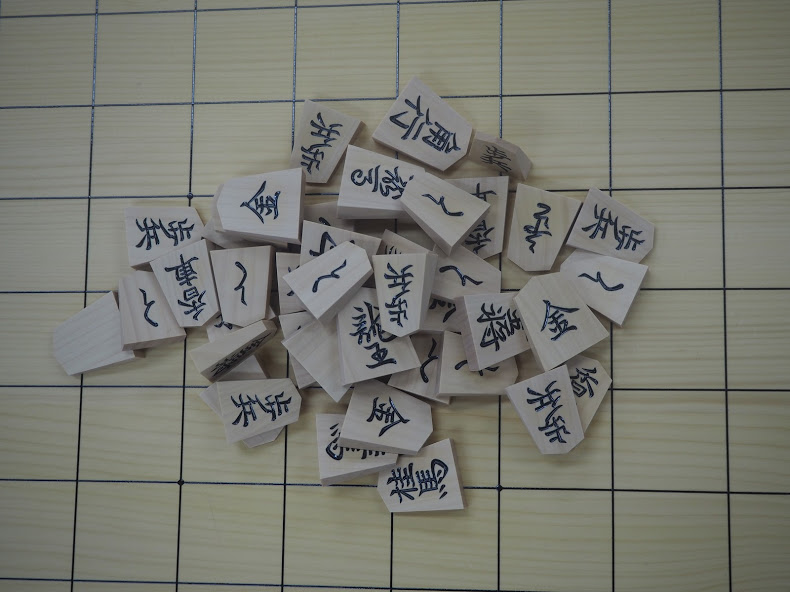
And next, decide the order to play the game with scissors-paper-rock, etc. Judging which piece could be your target, the first person will slide and drag a piece with a finger.
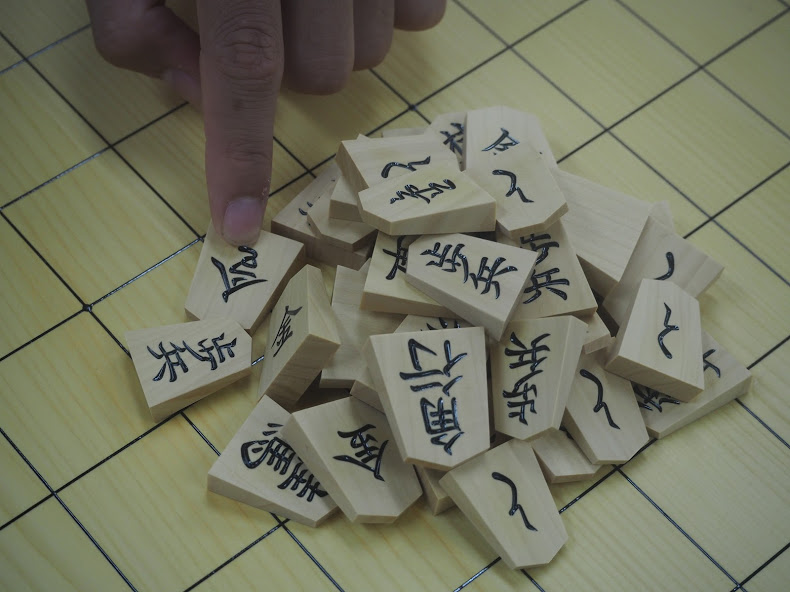
The hitting sound will finish the turn, and get a finger off.
The point of a piece that a player can dragged successfully will be added to the player. The exact points can be set freely, but just keep in your mind that the highest score goes to Gyoku and Oh (King) and the lowest is Fu (Pawn).
Please refer to an example described below, if you need.
A scale of one to ten:
Gyoku, Ou (King): 10
Hisha (Rook), Kaku (Bishop): 8
Kin (Gold), Gin (Silver): 5
Keima (Knight), Kyousha (Lance): 4
Fu (Pawn): 1
You may capture as many pieces as you would like at the same time. If you could drag them without any hitting sound, you can gain the total points of captured pieces.
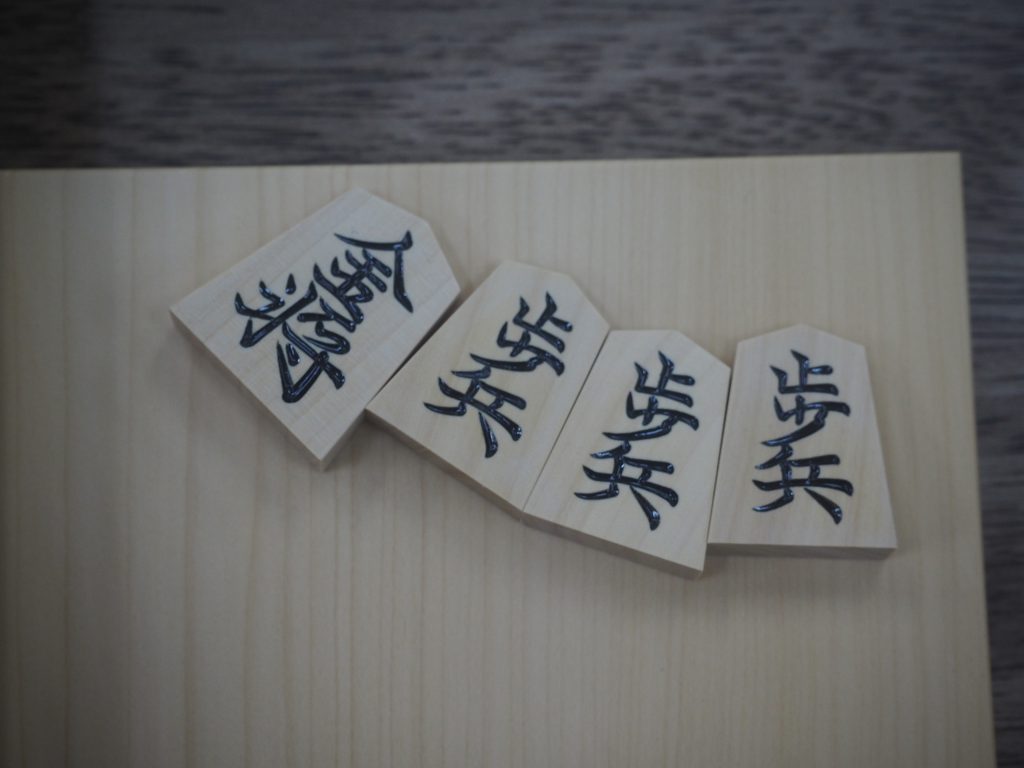
When you dragged one or more pieces to the end of a board without hitting sound, you can gain all points of the pieces. Then the next player will get a turn. Basically, there is not only one rule about a rotation. Imagining the setting in which you enjoy this game with your children for the first time, I suggest that a player changes with the other after gaining points or making sound. The reason why I recommend so is that if one “successful” player continues to get points, the others might get bored. Also, hopefully this rule will motivate children to make an attempt to take a piece with a higher point. Generally, people adopt a different rule with which one can continue till a player make mistakes. Any rules could be fine!
Keep going until a mound will disappear. Count the points each player gained; the one with highest points will win a game!
My intention to recommend Yama-Kuzushi is…
As I mentioned before, this game won’t help children to remember Shogi rules, since it’s not associated any piece-movement. Yet, I urge children to play Yama-Kuzushi at the end of a lesson based on some reasons.
Get familiar with Shogi pieces through this game.
Chinese characters written on Shogi pieces could be a factor to make Shogi difficult or unapproachable things for children, probably not for adult. Taking into account this concern, I assume games like this Yama- Kuzushi will provide good opportunities for children to create positive feelings toward Shogi, as children would get to realize the fun of a game with Shogi pieces. More than anything, children could get familiar with Shogi equipment.
Children will understand the real value each piece possesses in Hon- Shogi game.
In this game, if two pieces are at the positions from where children can get them easily, children have to decide which one he/she should take first with one chance. I always give advice children to think well about the points of pieces.
Getting the sense of the real value of pieces, children could utilize this knowledge to Hon-Shogi. During Hon-Shogi, you will often encounter the case in which you have to decide which one of the two possible pieces you should take with your one piece?
Children will also experience the same situation and have to judge which one will be more profitable after taking. Once you can read the real value in exchanging your piece and opponent’s one, your Shogi skill will improve.
The philosophy of Yama- Kuzushi is to make a mound with Shogi pieces as blocks and take away a piece; children who don’t know the Shogi rules can enjoy this game. The point is that before learning the rules of Shogi, children can get the sense of the “value” of pieces by gaining the points through this game.
As you know, in Hon-Shogi, you may have the situation in which you would sacrifice Hisha to capture Kin; you could checkmate if you had Kin. It can be said that the real value of pieces will change reflecting to the situations. Nonetheless, it is important to know exact value level of each piece for the first stage.
From those two reasons, I would say Yama-Kuzushi will play a role of preparations for following Shogi introductory lessons. Actually, I have more reasons to recommend Yama-Kuzushi to children who never start or have just started Shogi.
Another chance for children who are struggling to win a Shogi game
No need to use Shogi rule. That means all children have equal opportunity to win a game, regardless of their Shogi abilities. Indeed, in my class, it’s not unusual that children who are at the first visiting win a game. Unexpected results usually raise children’s motivations and mood in a class.
Develop children’s concentration!
Yama-Kuzushi is a quite simple game, and hitting sound will end the game. Therefore, not only a player, but also the others are very careful about making sound with pieces. Children always play this game with concentrated power in order to win. Personally, I think this game is a good help for a bit restless children to learn a game with good focus and fun, before they learn Shogi rules.
Find out children’s personalities
This game extracts children’s personalities very well. For example, some try to take a piece positioned without risk of making sound, on the contrary the others prefer to make a challenge to take as many pieces as possible at one time. In fact, I love this game, getting glimpse of children’s characters that we seldom observe during Hon-Shogi.
For children who gain score with careful manner, I would say, “Great! You did well! You increase your points steadily.” And when someone failed his/her challenge, I want to tell him/her, “Good job! You made a difficult challenge to take many at once, amazing!” In either case, you will have good conversation with children.
